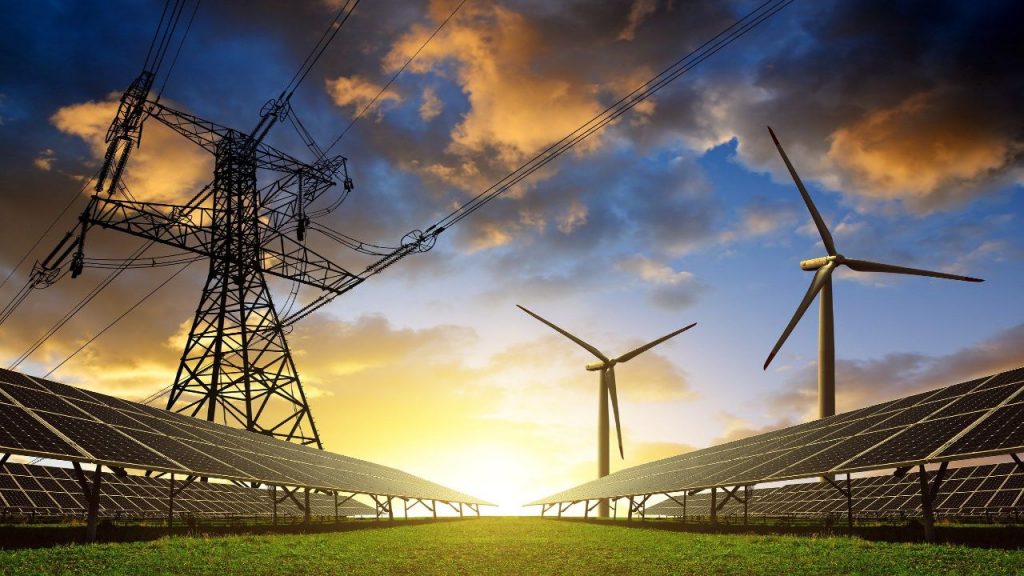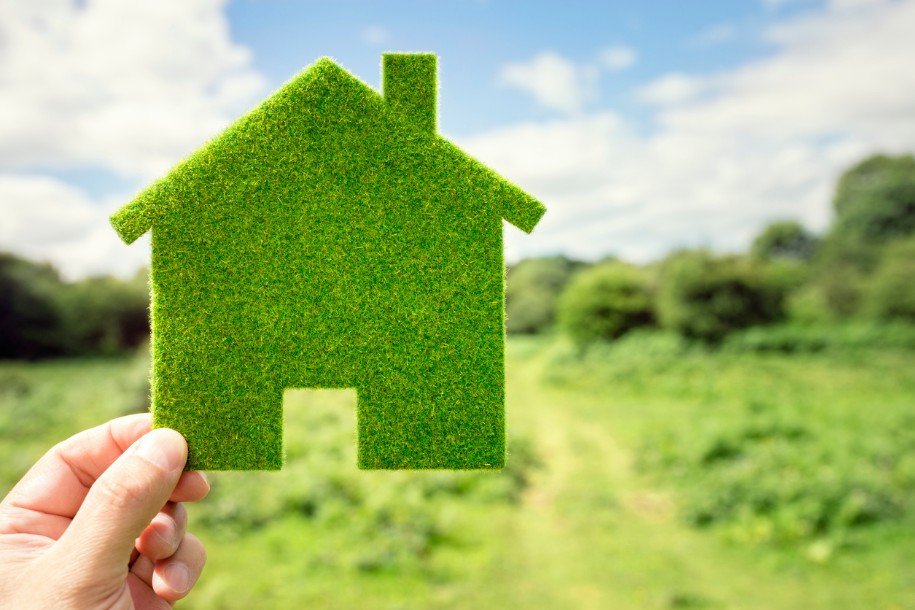Table of Content
It’s extremely visual, drawing its core strength from well-executed photographic essays rather than words. Each of the 64 stunning projects featured in this book are documented completely, through their many gorgeous photographs as well as architectural drawings, illustrations, and floor and site plans. Anyone seeking to boost the sustainability factor of their next project is sure to find bountiful inspiration in this nearly 600-page read. May be focused on living small, but it’s clear that the author is not afraid to think big.

AIA continuing education Learning Units earned upon completion of this course will be reported to AIA CES for AIA members. Certificates of Completion for both AIA members and non-AIA members are available upon request. Dan Kolbert is a carpenter and contractor, and for the past 10 years has been moderator of the original building science discussion group in Portland, Maine, where the Pretty Good House idea originated. Select the right-sized mechanical systems and incorporate renewable energy sources to achieve long term comfort, health, and savings. LEED for Homes was introduced in 2008 in recognition of the environmental impact of the residential sector, as distinct from the commercial sector—homes consume 22 percent of the nation’s energy. The LEED for Homes Rating System applies to homes that are newly constructed as well as existing homes that are going through a major remodel.
What People are Saying About This
Many people dream of building a beautiful, environmentally friendly home. But until now there has been no systematic guide to help potential builders work through the complete process of imagining, planning, designing, and building their ideal, sustainable home. Focuses on highlighting the important environmental costs and benefits of current building trends and the implications of each. Continued use of finite resources and inefficient design methods, for example, is one contributing factor in the global energy and resource shortage we currently face. Increased construction of modern and eco-friendly buildings, however, has caused a reduction in energy and resource demand as well as a reduced need for waste processing.
For anyone who is thinking about building or renovating a home, this is an indispensable guidebook book that will help prioritize decisions and cut through the clutter of the overwhelming number of “green” choices. Here, Rappaport Schifman shares her story of LEED Gold certifying her own home, includes bottom-line costs and benefits, and incorporates her perspective on what “sustainability” really means for our collective health, wealth and soul. This intensive, interactive online series of courses is designed to rapidly advance your knowledge of sustainable home design and construction. Whether you’re an architect, builder, or a homeowner, we'll give you the information and confidence to design and build well-crafted, practical homes that maximize performance and comfort. Our homes are extensions of who we are—from our decorating styles to eating habits to tolerance for clutter.
Download The World s Greenest Buildings Book in PDF, Epub and Kindle
So, as I have committed myself to sustainability for the rest of my career, I wanted to start with my own home. By having the opportunity to cultivate my passion, I have learned about the costs, the benefits, the good, the bad, and the ugly. So I write to share my conclusions, and hope that this makes your journey of building or remodeling your home a little easier. As "consumers" we are frequently confronted with life style decisions that can impact our environment. There are a few choices in this life that can make a big difference in what the quality of life will be for those who follow us.
Hopedance.org magazine for finding pathways to sustainable living and positive solutions. Motherearthnews.com Mother Earth News has provided solid information on many topics related to sustainable living for several decades, and now many of these articles are available on-line. Dsireusa.org The Database of State Incentives for Renewable Energy is a comprehensive source of information on state, local, utility, and selected federal incentives that promote renewable energy. Sustainablesources.com features a calendar of events related to sustainable living which can be updated by visitors online.
The World s Greenest Buildings
When we think of green building, we typically think of construction elements like insulation, windows, flooring, and lighting. But what’s happening outside is just as important as what’s happening inside — and no green building project would be complete without an emphasis on sustainable landscaping. Highlights a vast collection of trending eco-friendly designs and features.
Feeling good about it rests on the premise that there is something to feel bad about how we, as humans, have been behaving as it pertains to consumption choices. While not quite pervasive across the entire American psyche, this consumption guilt is a growing trend as people become more educated about global climate change, air pollution, scarce natural resources, water pollution, and how all of this affects our food supply and health. Is far from a how-to guidebook — and truthfully, very different than the other books we’ve included here — but it provides the perfect visualization of the positive impact that eco green building trends have on the planet. If you’re wondering whether your green design choices will really make a difference, you’ll find the answer here. This book is written by leaders in the housing industry that really know building science, sustainability, and health for homes.
(In reality, we have learned that nothing about a home is low maintenance, so that should not be anyone’s expectation.) The financial benefit is that we spend less money and time replacing things that wear out quickly. So, we decided that any house we built would be as healthy and sustainable as possible and fit within our budget and program requirements. I had already been educating myself on sustainable design, going to workshops and trade shows, and subscribing to magazines and newsletters on green building. This was my opportunity to find out how the green products available in the marketplace would play out in a real home. 150 Best Sustainable House Ideas features the latest innovations in environmentally friendly home design.

Suffice it to say that while the industrial revolution brought a huge improvement in living standards, it also brought exponential human population growth—from about 2.5 billion in 1950 to over seven billion today. At the same time, our pattern of extraction, use, and waste disposal has depleted our natural resources and degraded our ecosystem that supplies us with clean air, clean water, and food—the very things we all need to survive. Once our home was well underway, a local builder who was designing his own home called me for guidance. My maternal German heritage dictates a certain efficiency in the way I live; wastefulness is not in my DNA. My Jewish upbringing taught me to engage in tikkun olam, a Hebrew phrase for repairing the world.
We especially love the book’s DIY section on greywater systems, covering everything from planning to installation in nearly 100 pages — one of the most comprehensive guides to greywater reuse to date. And just a few dozen pages in, you’ll find practical water-saving tips you can start implementing into your daily routine immediately. Chris Magwood has designed and built some of the most innovative, sustainable buildings in North America, including the first off-grid, straw bale home in Ontario. He is co-founder and director the Endeavour Centre for Innovative Building and Living and co-editor of the Sustainable Building Essentials series. He has helped hundreds of people work through the process to design their own sustainable home and achieve their dreams. Chris is the author of Essential Prefab Straw Bale Construction, Essential Hempcrete Construction, Straw Bale Details, More Straw Bale Building, and Making Better Buildings.

Going with the flow of our culture is hard to avoid, and unfortunately the flow is not in the right direction for evolving a sustainable future. One of the most momentous choices that any of us will make is the kind of house we live in. I have come up with a list of thirteen principles of sustainable architecture that can guide you in your housing choices. Living-future.org The Living Building Challenge framework will help you to create buildings that generate more energy than they use, capture and treat all water on site, and are made using healthy materials. Christopher Briley is principal architect at BRIBURN, a firm that designs and creates spaces that are energy efficient, durable, and environmentally friendly and that enhance the lives of their residents.
Going for LEED certification seemed extremely aspirational to us at the time. Plus, receive recommendations and exclusive offers on all of your favorite books and authors from Simon & Schuster. Melissa Schifman became the Twin Cities’ fifth LEED for Homes Accredited Professional and completed the work necessary to get her own home LEED Gold Certified. She founded Green Intention LLC, where she writes and blogs about sustainable home living. As something of an eco-materials encyclopedia — it has everything you need to assess a new material’s suitability for any given project. Rebuildingcommunity.org devoted to sustainable disaster relief around the world.
Anyone who even considers building or remodeling a home knows that the number of decisions a homeowner has to make, from architects and builders to styles, materials, windows, and furnishings, can be mind-numbing. But anyone—a client, designer or builder—can pick up thePretty Good Housebook and get a good idea of how to build a beautiful, efficient, right-sized home made of the right materials. It's all reasonable, sensible, useful information written by experienced designers and builders who actually know how to communicate. Provides a framework and set of guidelines for building or renovating a high-performance home that focus both on its inhabitants and the environment—but keeps in mind that few people have pockets deep enough to achieve a “perfect” solution. The essential idea is for homeowners to work within their financial and practical constraints both to meet their own needs and do as much for the planet as possible.
No comments:
Post a Comment